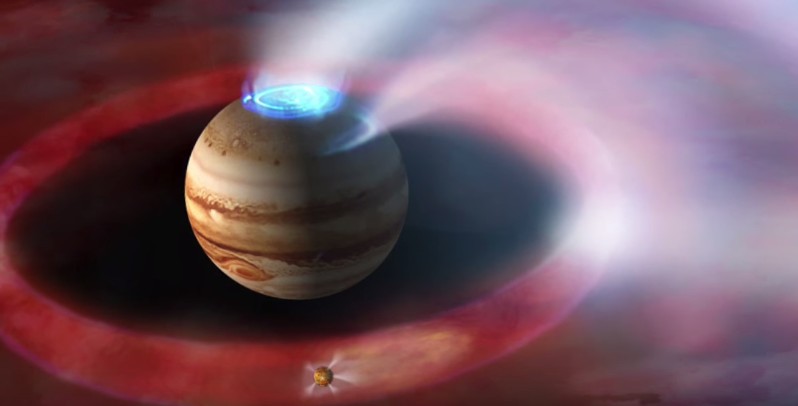Electric Jupiter and its many surprises

Scientists working on NASA’s historic Juno mission to the gas giant Jupiter have recently presented their early findings for the first time. Like so many other recent space missions, what they have discovered is not what they expected.
As reported by New Scientist: "… the findings are already challenging assumptions about everything from the planet’s atmosphere to its interior."
In part one of this two-part presentation, physicist and chief science advisor to the Thunderbolts Project begins his in-depth analysis of the Juno data, including the many victories that already seem evident for the Electric Universe theory.

Video courtesy The Thunderbolts Project

I suppose the equator between the tropics of Jupiter is much warmer than imagined, so these gigantic giant air strips spin in the counter-motions at high speeds because of the surface heat and the big red spot. And the color blends of these moving air masses come from the red spot,
Then it looks like a gigantic overheated chimney, which comes from the surface and partly from the deepest layers of the planet, as far as the cyclones at the poles may be that the heat coming from the equator to the poles creates these giant cyclones in contact with the cold of the poles